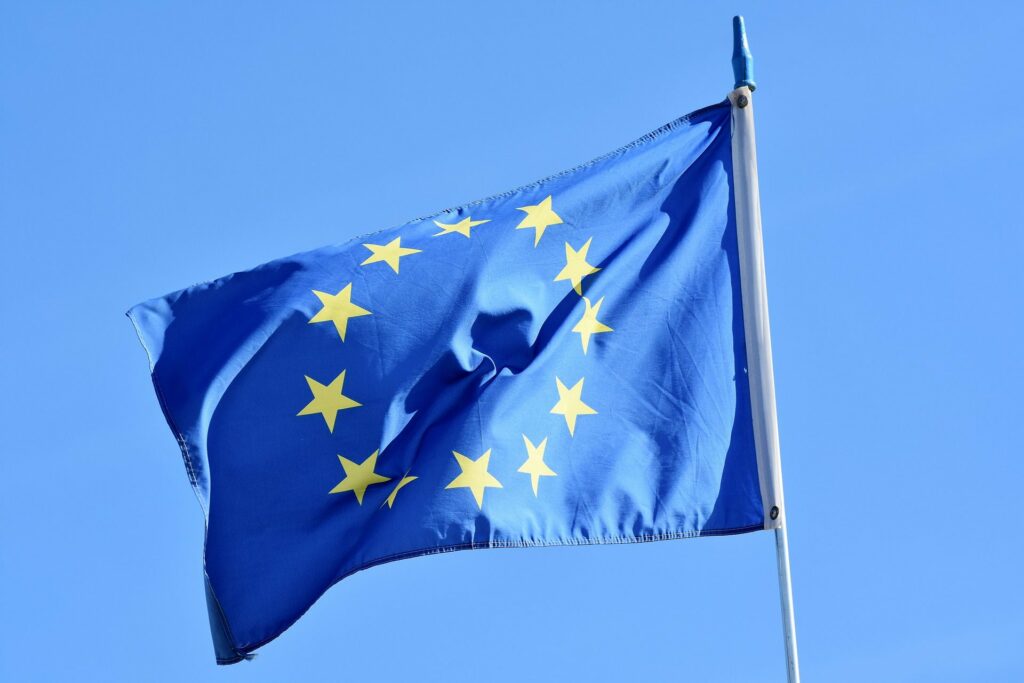What Is PSD2?
As of 14th September 2019, the full implementation of Directive (EU) 2015/2366 or the European Union’s Second Payment Services Directive (PSD2) will come into effect. It still leaves some burning questions though, mainly from online retailers and merchants who are worried about the impact it will have on them.
Designed to both generate growth and innovation with the ePayment market as well as offer customers greater control over who gets their financial data, it’s said to be a groundbreaking change to a currently widely unregulated market. The aim of the European Union in creating this directive is to set out a standardised regulation and requirement for all transactions involving businesses banks or consumers within the European Economic Area (EEA). This would include sellers based anywhere in the world who are selling to a customer based in or banking with a European based bank and vice versa.
The directive also allows third parties (non-banks), should the customer wish, to become an option to handle transactions between banks and online retailers. The plan is to not only offer the customer more choice in services to handle a transaction but provide added security by giving them a say so in their own financial data. The introduction of these non-bank companies (who by the way are to be regulated and licensed at an EU level) should create a more competitive market and drive down fees and prices for the consumer.
How Will This Impact The Retailers/Merchants?
The truth is, in theory, it shouldn’t really impede the retailer an awful lot. The Payment Services Directive (PSD) has been around since 2015 and it’s been in the pipework since even before then. The problem which existed until now was that it didn’t cover transactions which included a party based outside of the EU (either retailer, consumer or financial service provider). The new instalment of PSD, now PSD2, has made a number of additions and tweaks which include coverage for any transaction as long one of the parties is in the EEA.
If you are based in the UK you’ll find that a lot of these changes included in the new directive has already been made into law. The UK generally has a great track record of getting on board with EU regulations before the deadline. However, for those retailers based elsewhere, you may find that some changes are yet to be made into law. Any changes to keep up with the new law may come about quickly, so just make sure you keep on top of the conversation if this is the case. Some examples of these changes are greater consumer rights in relation to fraud and the elimination (in some cases) of card handling fees. It’s also going to now cover mandatory refunds for customers (up to 8 weeks after payment) who have purchased online; there are exceptions to this law were refunds can be declined.
As a merchant, you shouldn’t see too many changes your end. You may need to brush up on the laws covering consumer rights which may have changed since your last review but there shouldn’t be any reason to break a sweat over PSD2.
One Thing To Bear In Mind
If you see an increase of customers abandoning the sale during the check out process this may be due to a new 2 step authentication process which will be made compulsory for financial service providers. This may not have a permanent impact on your sales as the aim is to give the non-bank third parties the ability to work directly with consumers and store their data for purchases under certain amounts. This eventually would allow for speedier authentication and therefore not hamper the checkout process too much.
The problem that we foresee is the initial stages of this implementation. While the process is new and consumers are unsure of who to trust and what’s happening with their data they may become reluctant to purchase online until they understand the changes. This could dissuade online purchases for a while. As time goes on however they will become more familiar and aware with the new system. They will have a better understanding of their new added security which is guaranteed by the EU regulations on these non-banks and sticker regulations on mainstream banks. Eventually, it should balance itself out and return to normal but just remember not to panic if you see this dip in sale conversions.
If this does become a problem for you and you are worried about the ramifications you could perhaps experiment with a notice alerting customers to this change on your site during the checkout process to prepare those unaware of the new requirements.
Should You Be Worried?
If there’s one thing to take away though it’s that you don’t need to worry too much. A lot of the changes in the directive are already processes you are following. Some are indeed new but they are mainly aimed at financial services. The ultimate goal is to improve security and competition for the consumers and who they have handle their transactions. PSD2 isn’t aimed at regulating the merchants differently, the few changes which affect you shouldn’t be anything game changing. After September 14th you’ll probably find it’s just business as usual but it never hurts to arm yourself with knowledge in advance.







